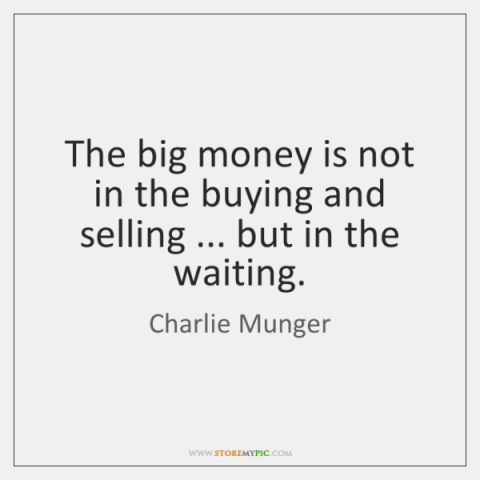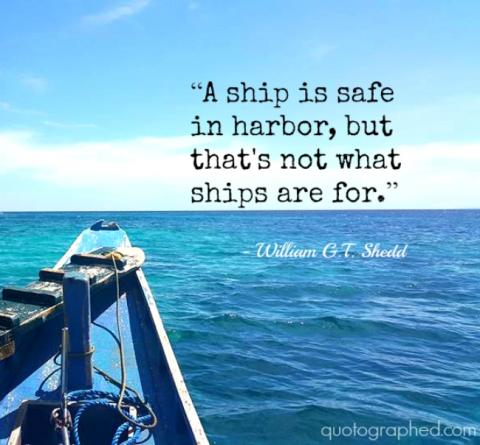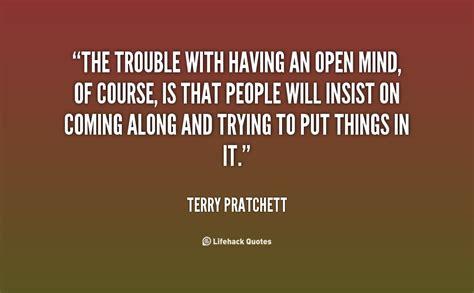Julie's Blog Posts


My favourite quote on Investment Predictions...
"Even a broken clock is right twice a day".

The way to wealth for those in the business is to persuade their clients, 'Don't just stand there. Do something".
But the way to wealth for their clients is to follow the opposite maxim:
"DON'T DO SOMETHING. JUST STAND THERE"
One of my favourite quotes from the recently passed founder of Vanguard , Jack Bogle, the man that helped bring Index Funds to the masses.
RIP Mr Bogle.



One of the qualities I most admire in my own Clients, is their ability to maintain an open mind. It's a common trait with successful people. The ability to give every idea and concept a listen - evaluate the information carefully - before arriving at a conclusion that best suits them.
With all the negativity in the media - particularly in the area of finance at the moment - it can be hard for people to maintain that open mind when talking about superannuation, investments or even Financial Advisers!
Our office gets phone calls all the time from members of the public looking for help with their finances. After all, is there a more important area of your life (outside of health and family) than trying to preserve and grow your capital base (be it your superannuation, rental property, cash reserves etc)?
My best tip for folk that are wanting advice. Speak to 2 or 3 Advisers and go into each appointment with an open mind. Let each Adviser share their story, their house view on how to run client's investments and then go away and compare and contrast all that you have heard. If you walk in with a mind already closed to new ideas, you will gain nothing new.
Till next time.... Julie


Let me tell you a little story.
It’s the story of a consultant who had a scary idea. She wanted to publish a cookbook. She had no background in writing, publishing, cooking, blogging or anything related to that goal.
In this tall tale, the consultant left her job to follow her dreams, as the cliché goes. And the next thing you know, the story unfolds just as you would have hoped. The universe conspires — magically! — to give her a helping hand. She finds an agent and snags a contract with a top publisher. She even gets the television personality Anthony Bourdain, a famous chef, to do the blurb on the book cover.
Cool story, right? But we all know stories like this one don’t really happen. You need a degree from the literary starmakers at the University of Iowa Writers’ Workshop, a successful stint on “Iron Chef” or at least 10,000 Instagram followers before you can even dream of doing something like that.
But wait! This story is actually true. The woman who made it happen is Reem Kassis, and her cookbook is “The Palestinian Table.”
So why share the story? Not because it is so crazy but because it is so sane. The way Ms. Kassis pursued her scary thing is practical and repeatable. She did things that anyone can do, as long as you have the nerve to try to do something hard and scary in the first place.
Ms. Kassis grew up in Jerusalem but came to the United States to pursue an undergraduate degree at the University of Pennsylvania. She eventually worked as a consultant for McKinsey & Company before leaving to have her first child.
It was around then that she decided to give this far-fetched cookbook idea a shot. She was not dabbling in writing at the time. She didn’t have a side hustle making food at a restaurant. She didn’t have a blog or an Instagram account. All she had was a stake in the ground and a direction she wanted to go.
Oh, and she had those roadblocks. Enough roadblocks that most people would have labeled such an idea unrealistic and given up.
But one pattern I’ve noticed in people who do scary things is that once they see the roadblocks in their way, they take a specific kind of action to begin to break them down — a micro-action. Having figured out the big goal, they focus on the next, smallest action that will get them a bit closer to it.
Because Ms. Kassis wanted to publish this book in a traditional way, the most obvious roadblock was her lack of a publisher. To get one to take you seriously, you generally need an agent. To get an agent, you need to send what’s known as a query letter. (See how we’re moving from big, insurmountable roadblocks to smaller actions?)
But first, you need to figure out which agents to approach. So here’s what Ms. Kassis did first: She went to the bookstore, picked up a cookbook and read the acknowledgments section. She noticed that the author thanked an agent in the acknowledgments, and she wrote down the name of the agent.
There is more to this story, but please note how micro this action was: a trip to the bookstore. Having noted the name of one agent in one cookbook, the next smallest step was to pick up another one. She repeated these steps with every cookbook she could find until she had a list of agents.
The next smallest step was to go home and research those agents, one at a time. That allowed her to write each of them very targeted emails. Because she was so thorough in her research, she got an almost unheard-of response rate. Eventually, she landed an agent, and now there’s a published cookbook with her name on it.
Once you’ve identified the scary thing you want to do, don’t obsess over all the reasons you can’t do it. Get quiet and ask yourself one simple question: What is to be done next? Then look for the next smallest action you can take. Do that thing. Ask again. Repeat.
I can’t guarantee that if you follow the Next Smallest Action Formula that you will succeed. But I can guarantee that if you don’t take any steps at all, nothing much will come of your idea.
This column, titled A Story of a Big Dream and a Single, Small Step, originally appeared in The New York Times on November 21, 2017 - by Carl Richards www.behaviourgap.com













